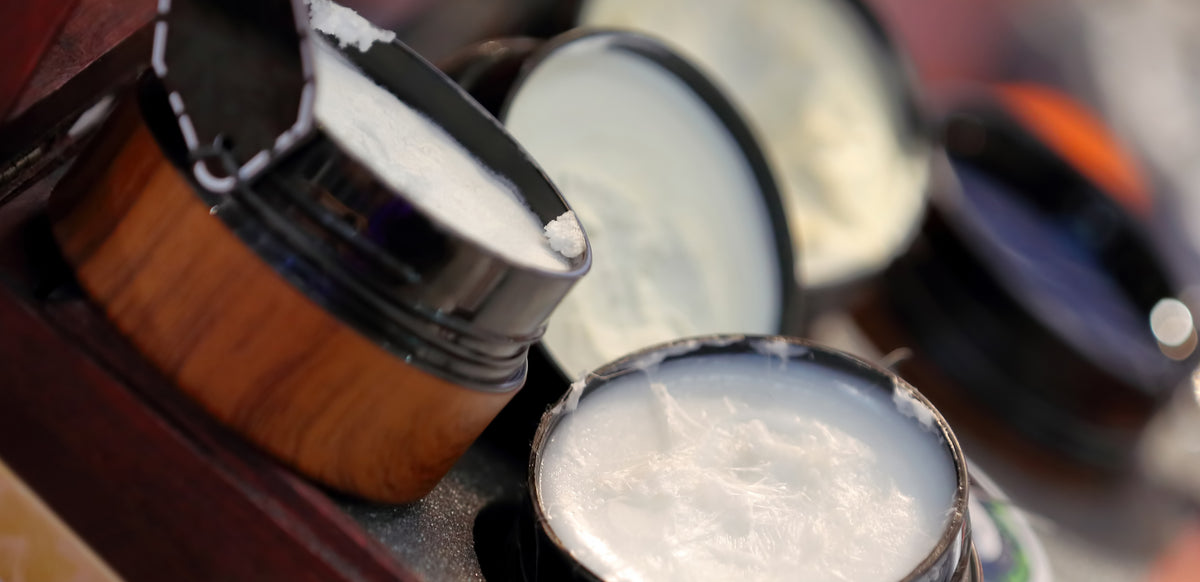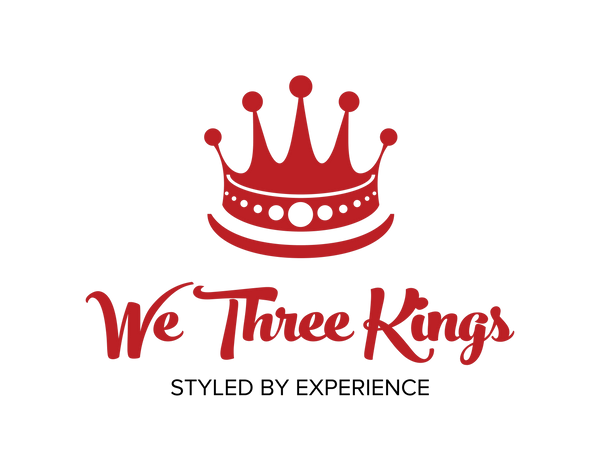Hair product build up and five quick ways to remove it
Posted on January 05 2018

What is product build up?
Product build-up is the progressive coating of the scalp and hair shaft. Build up is common to women and men, and is more evident in longer hair. It usually shows as lankness, a resistance to styling, or the sense that shampooing doesn't make your hair feel as clean or thick as it should.
How does it happen
A surprisingly broad range of hair care products; including conditioners, sprays, waxes, gels and even shampoos, leave a trace film on the hair. Over time, this film accumulates, even with regular shampooing. As build-up increases, the cleansing properties of regular shampoos struggle to remove the build-up.
Common causes are products that contain silicon, a synthetic wax or beeswax. Other offenders include exposure to chlorine or hard water and use of conditioning shampoos. Some conditioning shampoos trade off the amount of cleansing ingredients for new nutrients. When your hair is clean, this combination works well – and gives the hair a boost. But on hair with build-up, this can lack the oomph to strip off the initial coating. Instead, the process contributes to the build-up – adding a new coating over the surface of the hair.
Will build-up hurt my hair?
As a general rule, build up won’t hurt your hair – but it doesn’t do it any favours either. Over time, excess build-up creates a barrier that prevents moisture and nourishment reaching the hair strand. This can lead to scalp flaking and other unpleasant scalp issues.
Also, it’s important to bear in mind that any product that can remove excessive build up will strip good oils and nutrients from your hair and scalp. The higher the build-up – the more brutal the required solution. Thus, it’s far better to deal with any product build-up early and then to build preventative steps into your normal hair care routine. This will ensure that you don’t have to resort to unnecessarily severe treatments that will strip your hair down the track.
Five ways to remove product build-up
Here are five treatments that you can do at home to remove product build-up. Please take note of the quantities and stop immediately if you encounter any skin irritation or discomfort. Each formula listed is the mildest of the recipes publicly available, but you can reduce the active ingredient in each method and work up, to determine what works for you. If you are unsure, ask your hair care professional for advice. It is important to also remember that these should not replace your washing routine. A monthly treatment is often enough – used in combination with your normal routine.
- Clarifying shampoo – If you are OK with using parabens, then clarifying shampoos are the first line of defence. In mild cases, clarifying shampoos can strip build up without damaging to the hair itself. It’s important to remember that clarifying shampoos can strip the moisture and protective oils that your hair needs to stay supple and healthy. Overuse can make your hair brittle so they should be used sparingly. If you have coloured hair, be sure to use a clarifying shampoo that is designed to protect colour. Using a clarifying shampoo once a month is a good ongoing remove build-up.
- Apple Cider vinegar – Mix 2 tablespoons of vinegar to a cup of water, or about ¼ cup to 2-3 cups of warm water for a larger batch. Use the vinegar mix instead of your shampoo and rub gently into your scalp and through your hair. Rinse out completely in cold water. Note that this method may cause colour-treated hair to fade.
- Bicarbonate of soda (baking soda) – Mix 1 tablespoon with 2-3 cups of 2 cups of warm water. Stir until the crystals are completely blended. Gently rub into your hair and scalp, and then rinse thoroughly. Condition as you would normally to restore moisture.
- Beer – This is a favourite with those who like to drink their hair treatments. Some of the recommended recipes even include getting some of the beer on your hair. Simply shampoo and wash out and then work beer through your hair (some recipes suggest warming the beer to reduce the alcohol content) and rinse out. Beer is also thought to thicken hair and reduce hair loss, but there is limit5ed supporting evidence for these claims.
- Paraben-free hand soap – Possibly the harshest solution, using hand wash as shampoo is an option for those who have heavy product build up and have exhausted the less aggressive solutions. Advocates of this method suggest using a paraben-free hand wash as a single wash shampoo and rinsing thoroughly. Avoid hand washes with other additives (especially conditioners and moisturisers) as these may coat the hair as they clean it. This method should be used very sparingly and approach with caution if you have colour treated hair.
Three prevention measures
Prevention is always better than cure - especially when the cure strips the protective oil from your hair. Once your hair has been cleansed, there are a number of ways to prevent product from building up.
- Use less product – people often use far more product than they need. Aerosol hair sprays and gels make it very easy to apply too much. Experiment to find out how much product is required to get the effect that you want, and stick to this quantity. Experimenting with less viscous gels and beeswax-based waxes can provide an alternative that requires less to do more.
- Try to avoid coating at the scalp and root - start at the strand and work to the ends. Apply to the hair strand itself and try to avoid applying to the scalp. The aim is to get product onto the ends first and keep product away from the root and scalp.
- Ensure even coverage - if using a wax or gel, make sure that you warm the product between your palms first to the point that it is smooth and evenly spreadable through your fingers. In cooler conditions be patient - a wax will take a little longer to warm up and smooth out between your palms.
Conclusion
It’s important to remember that removing build up also removes oil and nutrients from your hair. It should not replace your normal hair washing routine but rather add to it. A regular monthly cleansing treatment, and some simple preventative measures can remove and prevent build up and keep your hair balanced and healthy.
Looking for an Australian-made, all-natural styling wax? Explore our styling wax range

